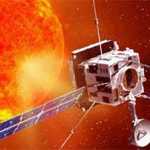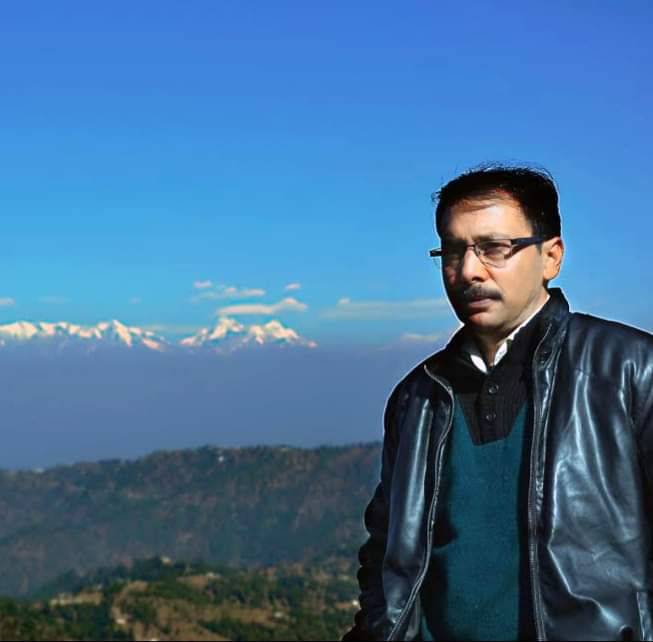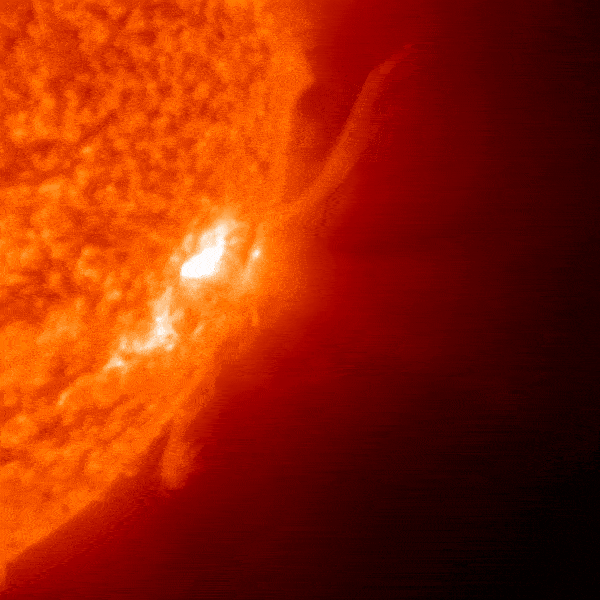🇮🇳 India rising towards the sky 🇮🇳
There are many mysteries on the Sun even today. Which is very important to know. In addition, there are many such activities on the surface of the Sun, including sunspots, solar flares and solar storms that arise from them. Whose monitoring is very important. Aditya L1 mission is desperately needed to monitor the Sun’s movements and ISRO is going to do important work.
Aditya L1 is Make in India
This satellite is completely indigenous. Which we can call Make in India. ISRO has played a big role in making indigenous and many other research centers including Indian Institute of Astrophysics, Bangalore have important cooperation. Now India has become self-sufficient in the field of space mission. It is a matter of pride for Indians.
India will become the third country to reach space L1 point
So far many missions have gone to study the Sun, but only satellites of the American Space Agency NASA and the European Space Agency have been launched at an important place like L1 in space. After these two countries, it will become the third country to study the Sun from the L1 point. After the success of this mission, India will become self-sufficient in gathering the data of the Sun. So far we are dependent on other countries to get the Sun’s data.
Aditya will prove to be the savior of the world
Due to the explosions on the Sun, high-energy particles are sprayed in large quantities, due to which the big solar storms can not only damage the electrical and electronic equipment of the Earth, but our satellites currently moving in space are at a greater risk than solar storms. Could They also disrupt the communication system of our air services. Timely detection of geomagnetic solar storms coming towards the Earth is very important and Aditya L1 will play an important role in providing this information.

Aditya L1 will carry seven state-of-the-art instruments. These include Visible Emission Line Coronagraph, Solar Para Violet Imaging Telescope, Solar Low Energy L1 X-ray Spectrometer, High Energy L1 Orbital X-ray Spectrometer, Aditya Solar Wind Particle Experiment, Aditya Plasma Analysis Package and Advanced Tri-axial High Resolution Digital Magnometer.
Source and photo: ARIES, ISRO and SDO.

Journalist Space science.
Working with India’s leading news paper.
और अधिक जानें

